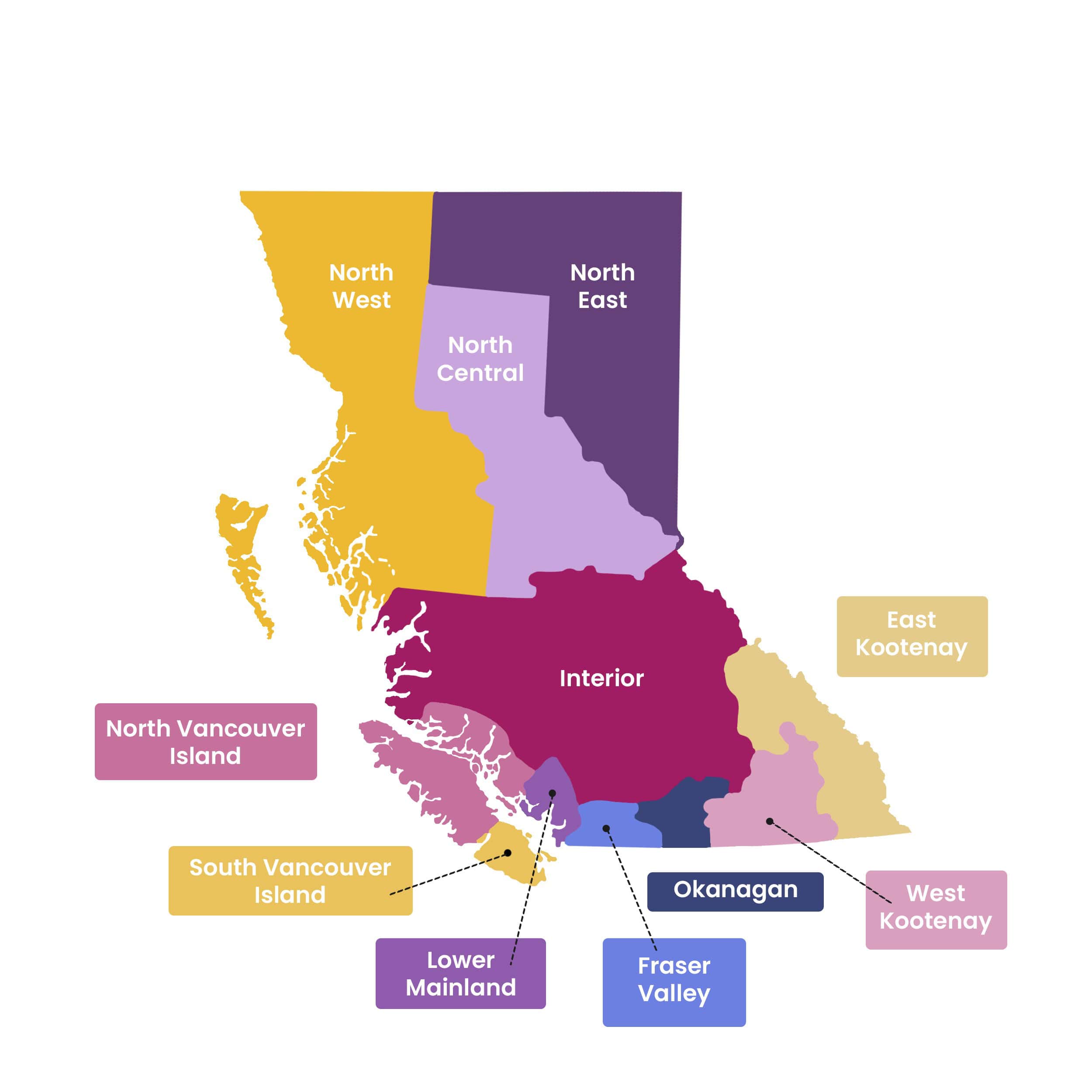Welcome to EVA BC’s Resource Centre
Find publications and tools to assist anti-violence service providers on topics related to sexual and/or intimate partner violence, child abuse, and criminal harassment.
Search
Topic
Type
Guides, manuals and tools
Invitation to Wellness: A workbook for anti-violence workers
Learn More
Backgrounders and reports
Changing Perceptions of Sexual Assault: Research Findings and Recommendations for Improving the Healthcare Response
Learn More
Guides, manuals and tools
Western Canada Sexual Assault Initiative Tips Series
Learn More
Guides, manuals and tools
Third Party Reporting Guidebook 2.0
Learn More
Guides, manuals and tools
Campus Sexual Violence guidelines - Summary sheet
Learn More
Templates and checklists
Responding to a sexual assault disclosure - Practice tips for universities and colleges
Learn More
Backgrounders and reports
Intimate partner violence in LGBTQIA+ communities
Learn More
Backgrounders and reports
Changes to bail: Information for anti-violence workers
Learn More
Guides, manuals and tools
Records management guidelines - March 2022
Learn More

